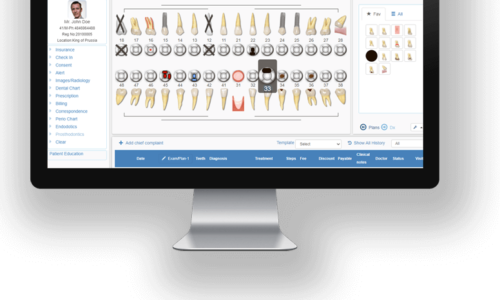- Best Software Company in UAE
- 0 Comments
- 395 Views
Are you looking for the perfect tech stack to help launch your Dubai project? With so many options and choices, it’s hard to know which one will best meet your goals. Fortunately, this article will help guide you to selecting the ideal stack and create the best environment for success. Read on to find out more!
1. Defining Your Dubai Project Needs
Getting a project off on the right foot starts with a clear vision and strong plan. When taking on a project in Dubai, the process should start with defining your needs. By learning what you need to accomplish, you can begin to build the plan of action to make it happen.
- Create a timeline. Establish expected milestones and timeframe, allowing for revisions and flexibility as the project progresses.
- Know your goal and budget. Set a goal for the project budget, making sure to account for any potential extra costs.
- Develop a team. Build a team of the right people, who have knowledge and experience relevant to the project.
By understanding the resources needed and the allocated budget, you can begin carving out the qualifications to fill the team. Each team member needs to have a specific set of skills to injury the project goals. Understanding the project needs upfront can help you lead the project in the right direction.
2. Exploring the IT Stack Solutions
A strong IT stack can mean the world of difference for your business when it comes to leveraging your knowledge and resources efficiently. It is not enough to simply use individual tools and software solutions – the key is to be able to tie them together in a powerful, synergistic way.
When it comes to exploring solutions, it is important to look for best-of-breed products within each respective category. Start by selecting a database – for example, many choose MySQL for the powerful relational query-based capabilities, or MongoDB for the flexibility of document storage. Then, choose a web server – light-weight options such as Caddy or Nginx are popular choices. Additionally, look for caching solutions such as Memcached or Redis to make your web applications faster. And, if needed, examine potential source control systems, web frameworks, and data visualization software.
The goal of any IT stack is to assemble components that support your business need. When exploring options, look for comprehensive technologies that provide high-performance and scalability. Here are a few more tips when building out your IT stack solutions:
- Integration: Ensure that all of the components integrate well with each other.
- Scalability: Make sure that the technologies are capable of scaling up with your business.
- Flexibility: Pick technologies that give you the most flexibility within the IT stack.
- Robustness: Choose products with a proven record of reliability and security.
With the right IT stack solutions, you can bridge the gap between your current capabilities and your desired outcomes. Invest some time in researching and testing worth-while products to create an efficient and secure architecture.
3. Weighing the Pros and Cons of Each Stack
No matter the size of your web development team, you’ll have to pick an application stack when starting from scratch. It’s a big decision, but one that’s not impossible to make with a bit of research and understanding. Here’s a look at the pros and cons of each stack.
LAMP Stack
- Pro: Most components are open-source, cost-effective, and compatible with many third-party frameworks.
- Con: Development process and speed can be slow, hosting can be challenging, and there’s less overall control.
MEAN Stack
- Pro: Fast and flexible development process, hosting is largely automated, and offers good scalability.
- Con: Availability of third-party frameworks is limited, and availability of plugins is also limited.
With pros and cons in tow, you’ll have to decide which stack best suits your team’s needs. Always remember that while there are options available, be sure to pick the one that fits your project’s objectives best.
4. Choosing the Ideal Stack for Maximum Performance
When creating web applications, one of the most important decisions to make is the choice of technology or stack. Each stack has its own merits and should be considered depending on the requirements of the application. Here are some factors to bear in mind:
- Speed: Make sure that the stack allows for maximum performance.
- Security: Ensure that the stack can accommodate robust security measures.
- Flexibility: Consider the flexibility that the stack offers in the future.
- Scalability: Find a stack that can handle the needs of a large application.
- Integrations: Make sure that the stack can be connected to any necessary integrations.
By considering all of these points, you should be able to identify the best stack that would be suitable for your web application. Researching the available options, comparing the features and discussing it with your team will make sure that you get the optimum performance from the application.
If you’re looking to build a successful project in Dubai, remember that the choices you make in your technology stack are key to finding success. With some critical thinking and research of available stack options, you can find the ideal stack to take your project to the next level.



